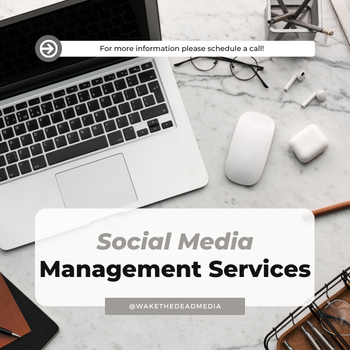Management Services
Deciding which social media services are best for you can be a difficult task. Consider what platforms your target audience uses and what content you would like to post before deciding. Each platform has different advantages, such as Instagram’s image-based focus and Twitter’s small text-based updates. Once you decide on a platform, develop a strategy around it so that you can maximize its potential.
Affordable social Management and Social Marketing Packages

Social media is constantly changing and evolving, so your approach should continually be revised. After all, it’s the key to connecting with your target audience and creating long-lasting relationships. Make sure that you stay up-to-date with each service and adjust your strategy whenever you need to. This requires research into what kind of content works best on which platform, understanding how different audiences interact with different kinds of content, and committing time and resources to create content that will amplify your message through social media services.

Content Curation
Instagram, Facebook, Twitter, and LinkedIn Custom Content
- We Will Provide Current Organic, relevant, educational pieces from the most trusted sources on the internet.
- Photo Shoots – Properly reflecting your brand.
- Unique, custom images that align with your brand.

Monthly Content Calendar
Full monthly post calendar based on brand needs, client wants, etc. We Will Strategize, one on one, the best approach for your monthly social media goals:
- Strategize New Likes
- Strategize New Follows
- Create Organic Engagement Analytics
- Create Custom Content Releases Times

Dayparting
Through beta testing of various posts, and post iterations, we will be able to determine the most effective times of the day, where the most eyes will see your message, to post on your behalf.
- Customer Engagement Schedules
- Analyze Interaction Times per each social accounts

Post Engagements
We will Consistently monitor any and all mentions, reviews, or tags related to your business, product, or service.
- Customer Interactions
- Build Rapport with clients through interactions on social media.
- Create Impressions, that directly reflect your brand.
Creating an effective social media services strategy is more than just having a presence on various platforms. It should be structured around your target audience and its habits, as well as your company’s goals. Consider what content will appear best on each platform, how often it should be shared, and the type of engagement you’re expecting from users.
Moreover, track your successes (and failures) to better understand how to make the most out of your time on these networks. This data can reveal trends that you can use to anticipate changes in consumer behavior so you can quickly adjust your approach when necessary. Finally, you’ll want to create a budget specific to each social media platform in order to measure success and allocate spend according to importance
1.Content Strategy
Creating a content strategy is key to social media management. A content strategy outlines the goals and objectives of your social media presence, along with who your target audience is and what platform they are using. It is important to develop a plan for the type of content to be posted on each platform, as well as when and how it will be posted.
2. Audience Analysis
Audience analysis helps you understand which platforms your target audience is using, as well as what types of posts are most engaging to them. You can also use audience analysis to identify emerging trends and create strategies that will reach wider audiences.
3. Creating Engaging Content
Content should be engaging and relevant in order for users to interact with it. Research trending topics in order to tailor posts specific to your target demographic, use visual elements like images or videos whenever possible, include calls-to-action on posts, engage in conversations with other users when appropriate, and encourage user-generated content whenever possible.
4. Community Management
Social media management also involves responding to user comments or questions, monitoring conversations related to your brand, managing customer service inquiries on social media platforms, and interacting with influencers or thought leaders in related industries in order investigate potential collaborations or partnerships opportunities.
5. Analytic Tools
Analytical tools can help you track social media metrics such as impressions, engagement levels, follower growth rates, sentiment analysis from followers’ posts about brands/products/services etc., as well as compare performance across multiple platforms/time frames/audiences etc., so you can analyze the results of your efforts and track progress towards goals set out within the content strategy outlined earlier
6. Advertising & Promotions
Promoting content through paid ads is one way to expand reach beyond organic reach alone – especially if targeting specific users who have shown an interest in similar products/services etc., these campaigns should be monitored regularly for performance indicators such as clicks & impressions received per post/campaign vs budget spent; adverts should also remain compliant with regulations across different platforms regarding ad formats & appropriate language used (depending on regional guidelines).
7. Periodic Reviews
It’s important that periodic reviews be conducted regularly – analyse analytics data on user behaviour/activity & adjust account settings (privacy settings / blocked profiles etc.) accordingly where required; look at how accounts used by competitors comparably measure up against yours in terms of engagement / visuals employed etc.; review new features available across platforms & consider any changes that may want making within internal practices around posting & curating their digital presence going forward based on learnings gathered from ongoing observations over time

